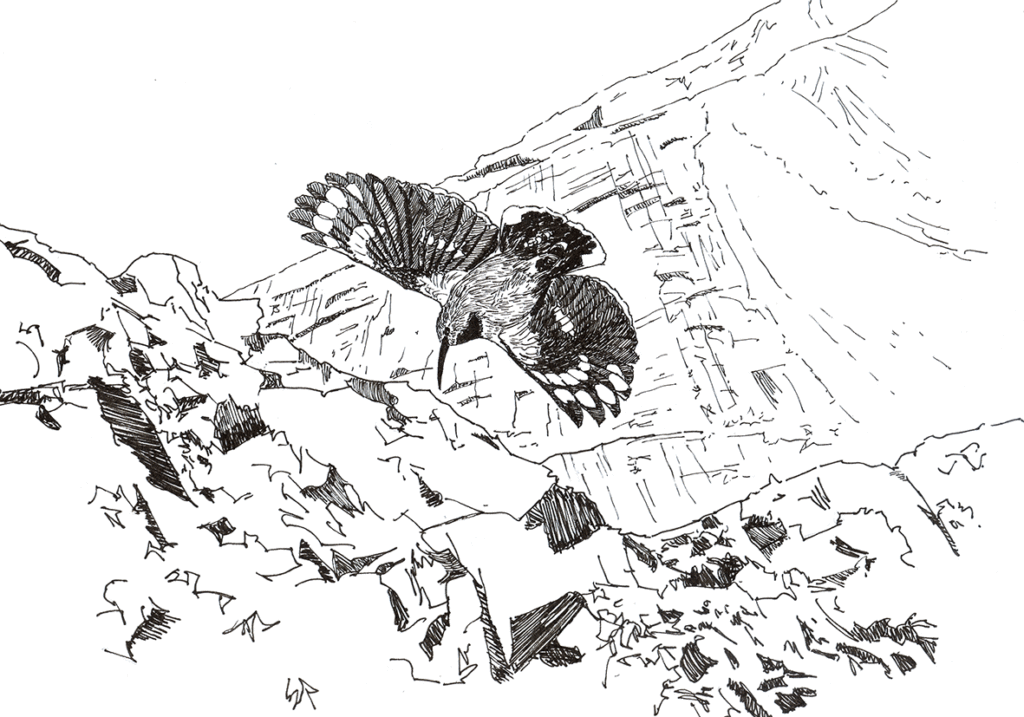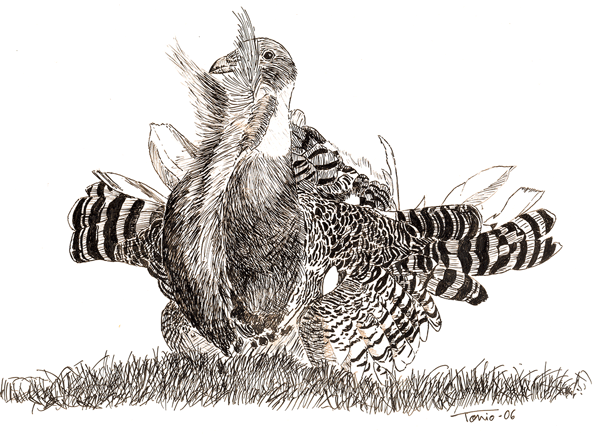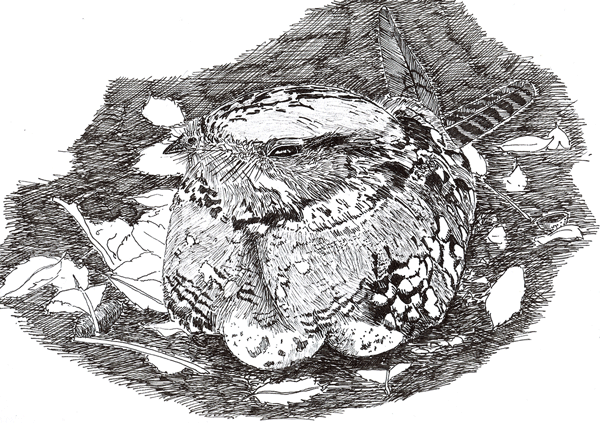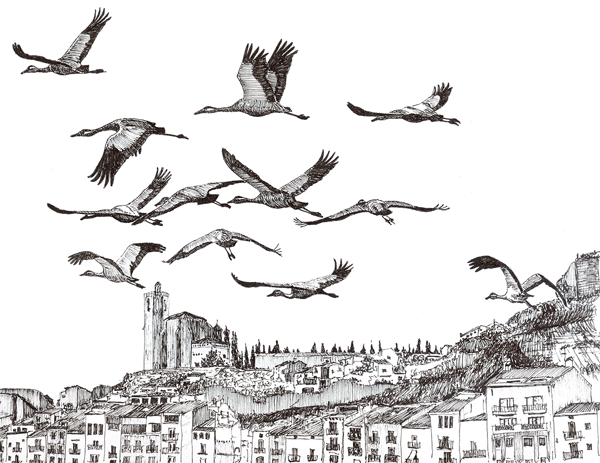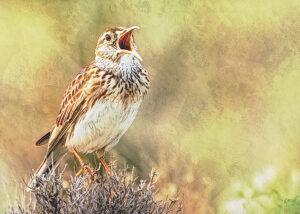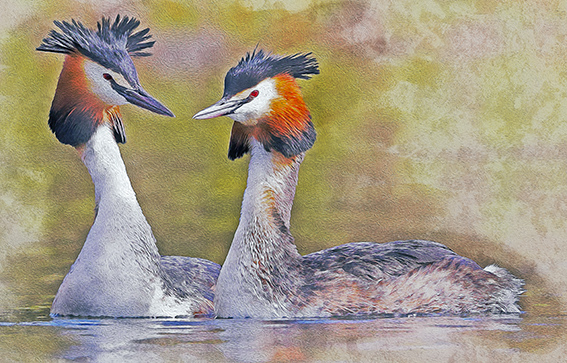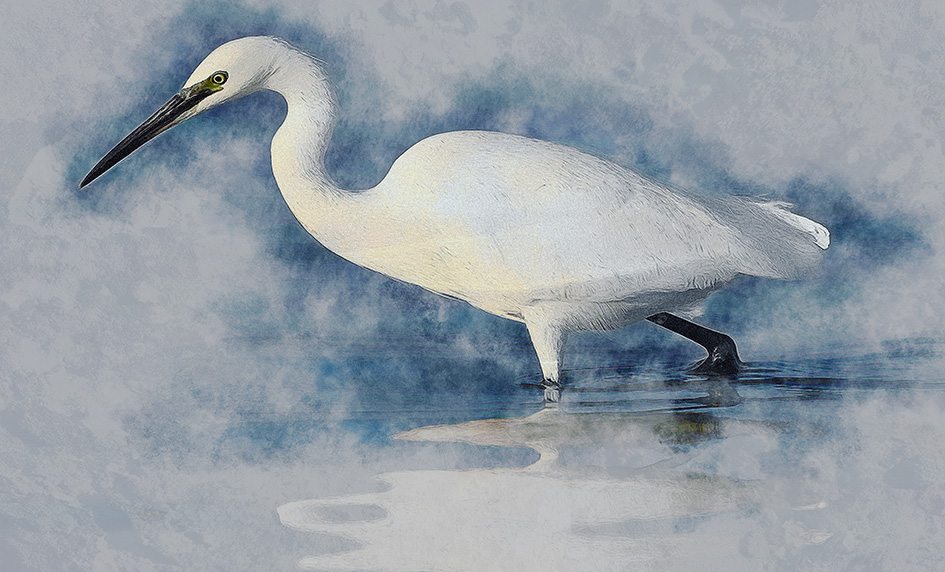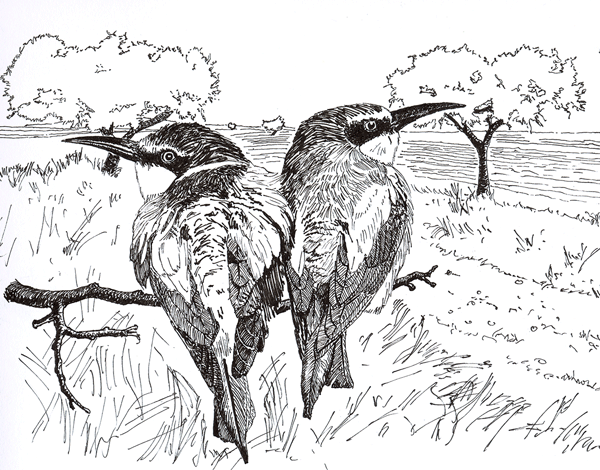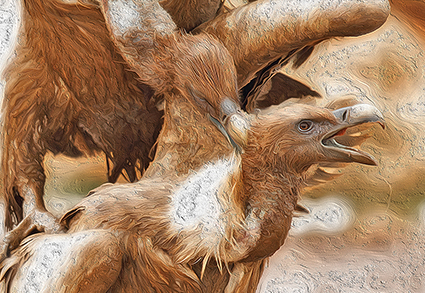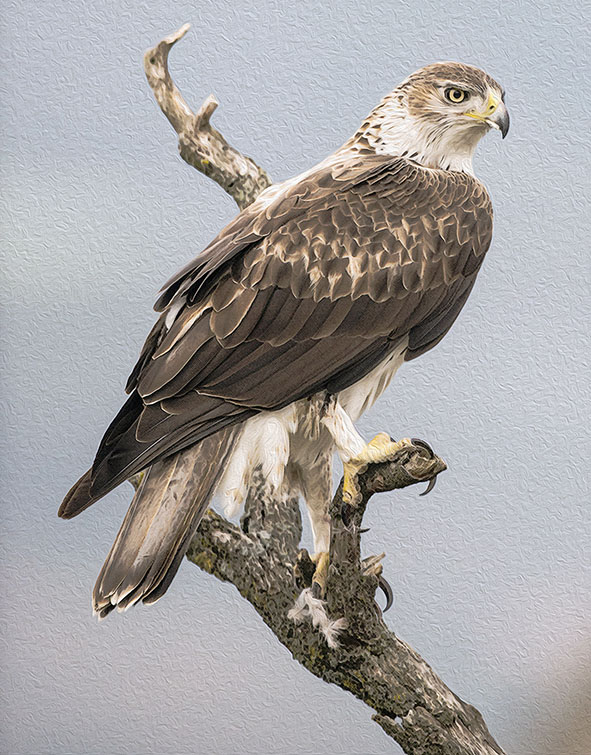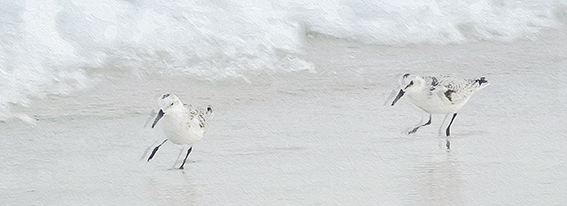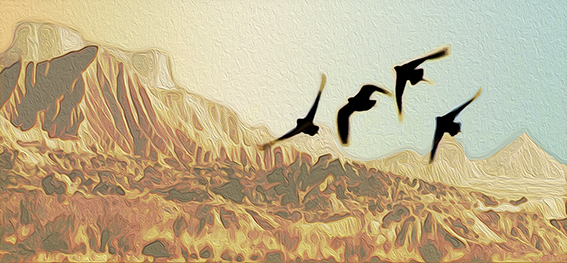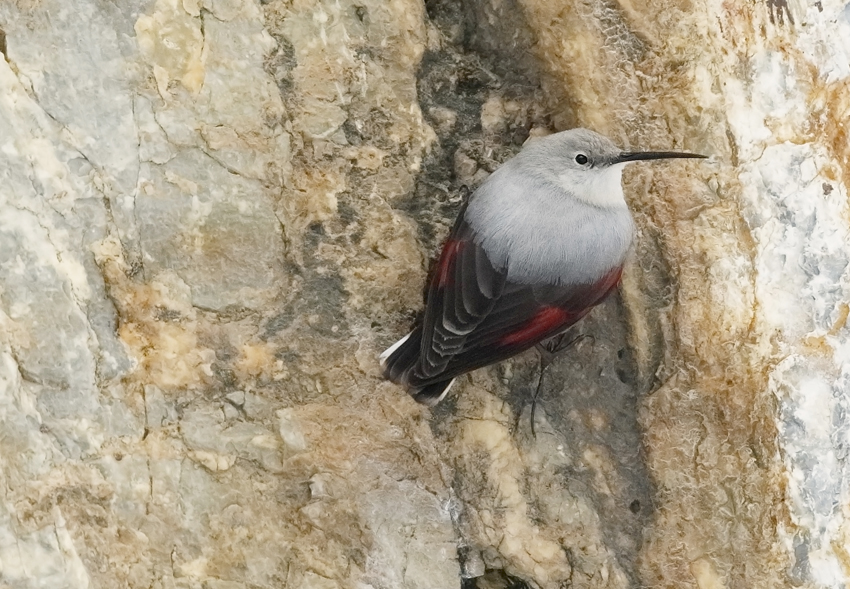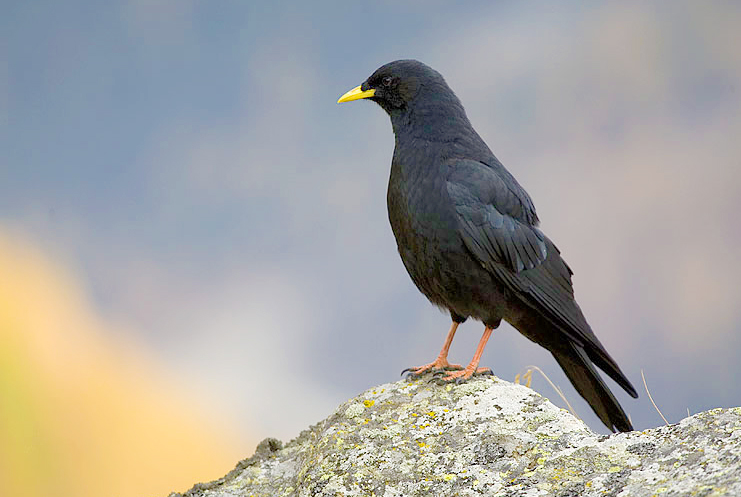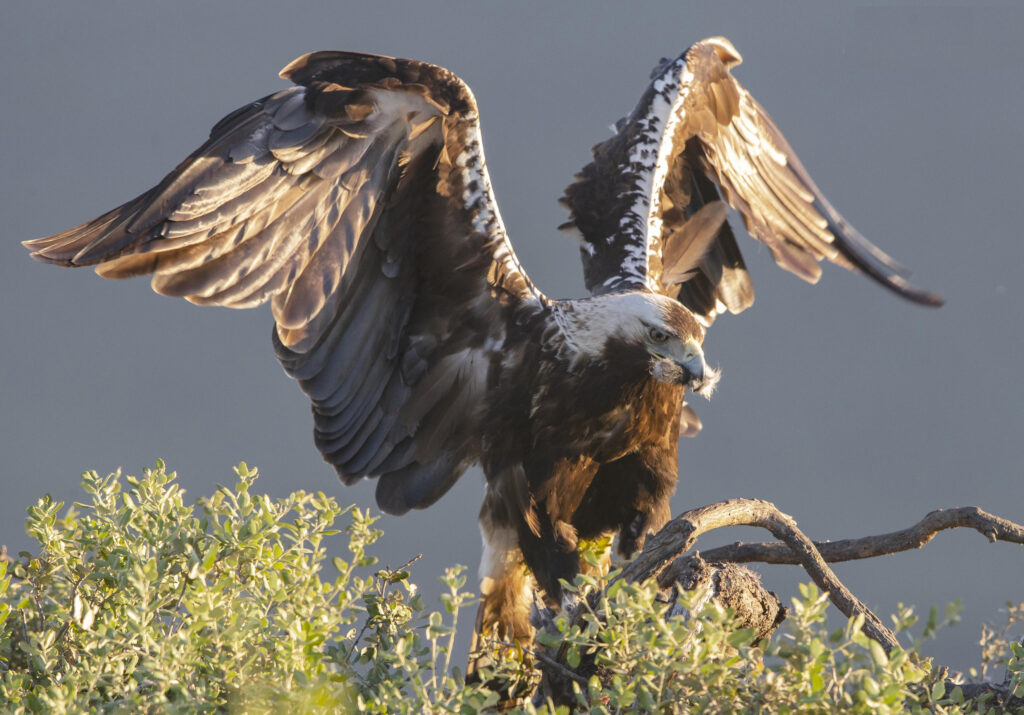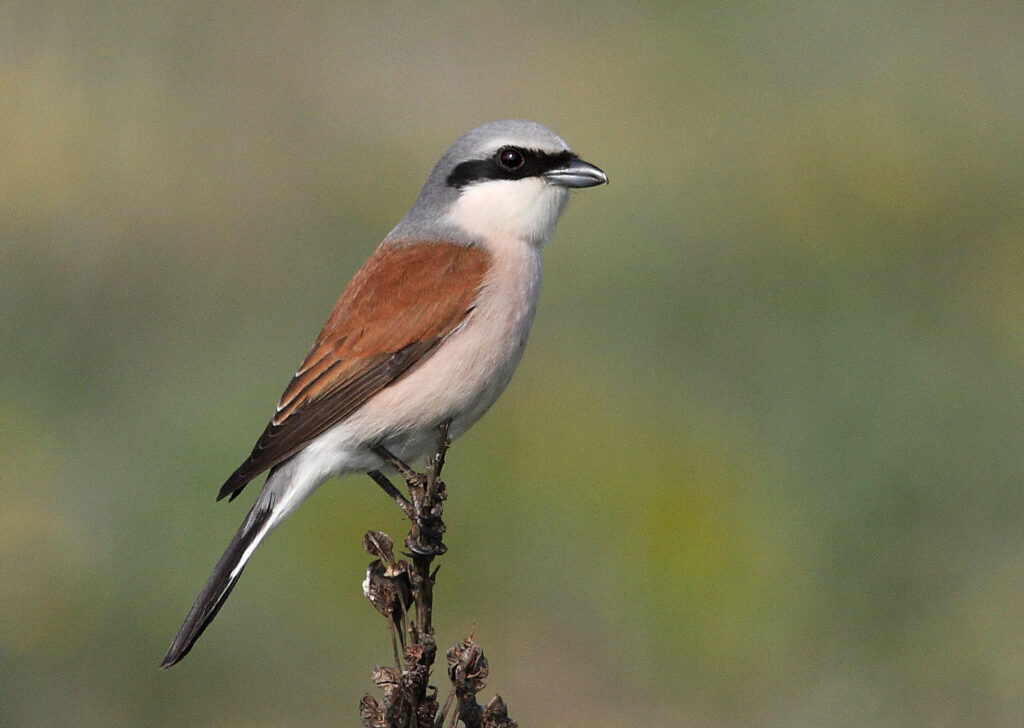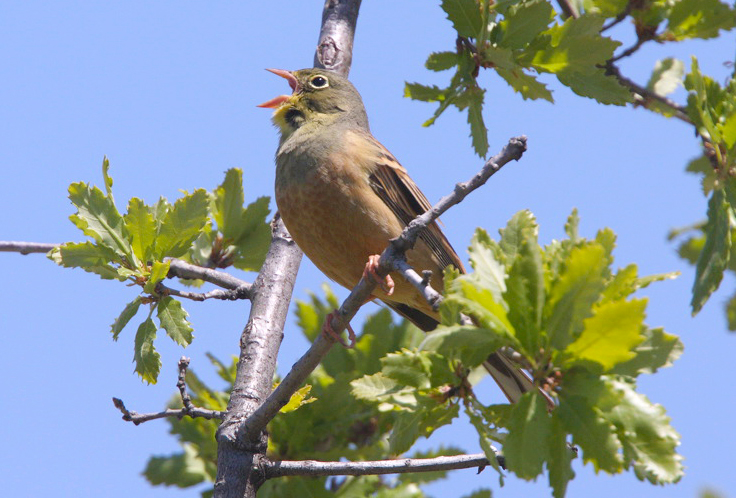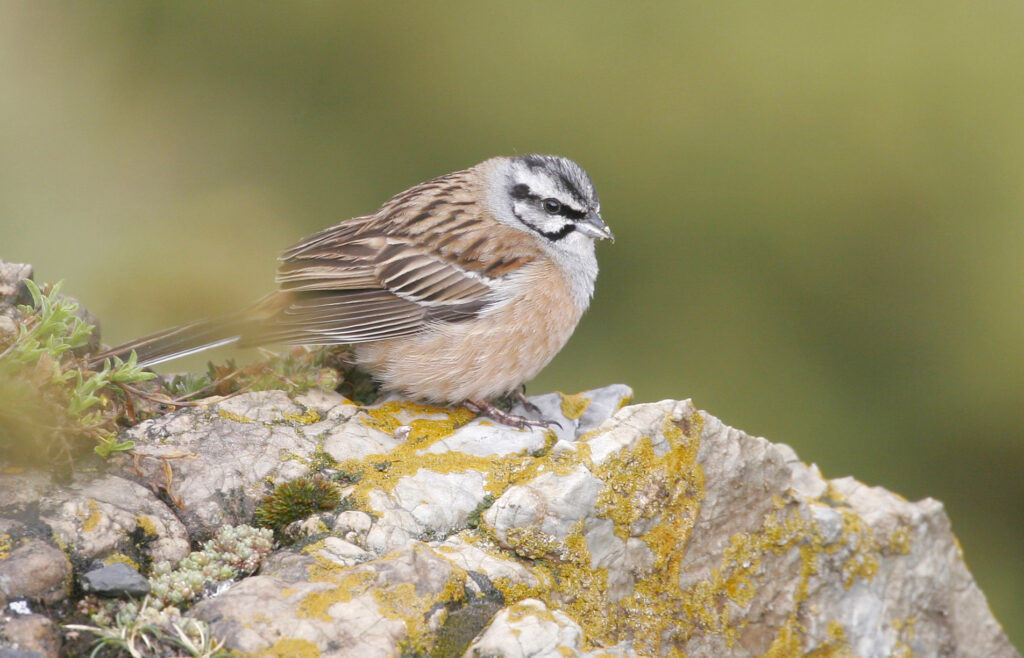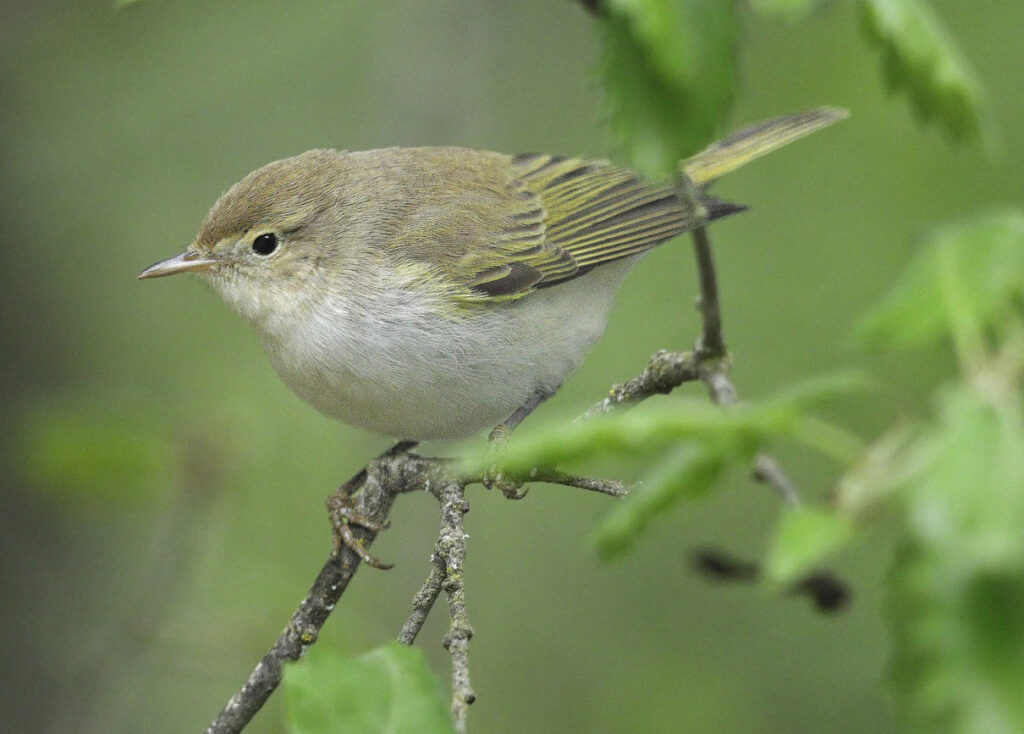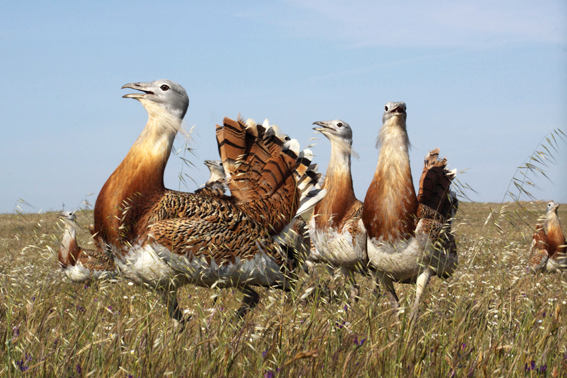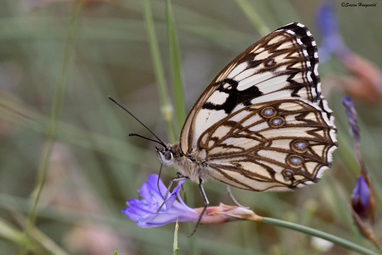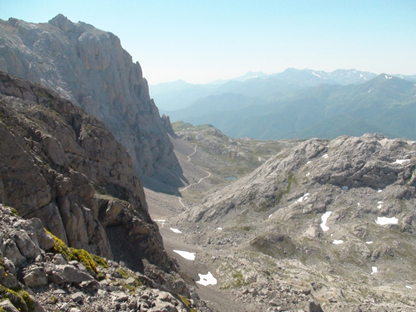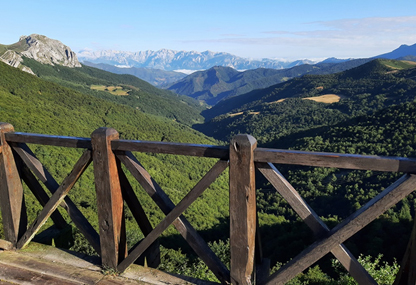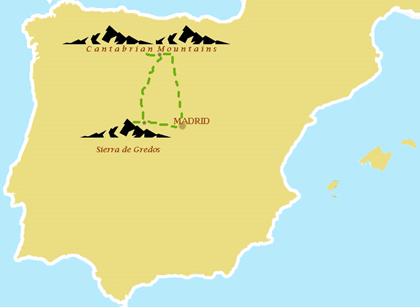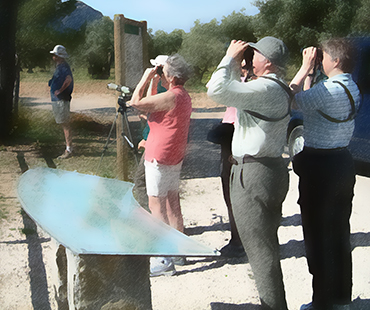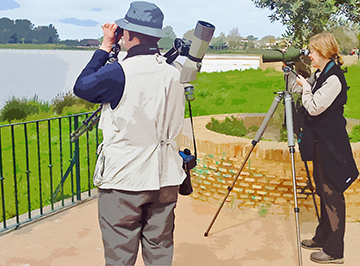The best birding hotel? Really? Yes. Read on …
I’m not one of those people who can’t keep a secret. You know when someone tells you something and asks you not to tell anyone else, perhaps secretly hoping that you will tell somebody? Well, I’m one of those people who promises not to tell and who keeps his promise.
I’ve also told my sons – great lovers of the outdoors, rock-climbers, skiers, mountain-goers, wild swimmers – that if they love a place then not to spread the news on social media, because the next time they’ll have to share it with insensitive hordes. They’ve come round to my way of thinking.
So, what I’m about to do now grates a little with my way of doing things. I’m going to tell you all about the very best birder’s hotel in northeast Spain, one which I have been staying at when guiding in the region for at least 12 years now. Why? I can’t say that it’s because you deserve to know, because I don’t know who you are. I get no personal benefit from telling you either. No, it’s because the owners deserve it – the recognition – and much more, for their truly professional and personal work in running such an excellent hotel.
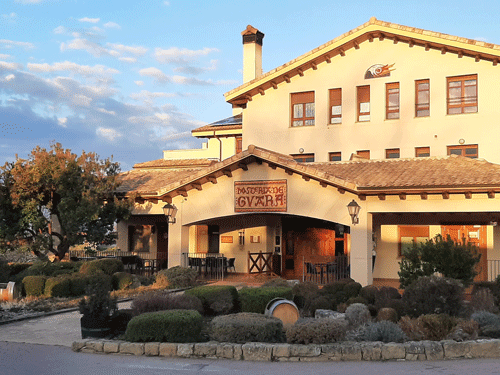
Hosteria de Guara – the best birding hotel
The Hosteria de Guara is located on the edge of the small village of Bierge, in the Sierra de Guara Natural Park, Huesca, Aragón. It’s an attractive building on the outside, set among olive and almond groves, fields of cereal and pastoral land, bordered by a vegetable garden and with a pool out back.
Within a ten-minute walk from the front door of the Hosteria de Guara the birds that I can recall having seen are many: Hawfinch, Cirl Bunting, Raven, Rock Sparrow, Red-rumped Swallow, Woodlark, Turtle Dove, Corn Bunting, Spotless Starling, Egyptian Vulture, Red Kite, Osprey, Lammergeier, Short-toed Eagle, and even Wallcreeper on one memorable occasion.
This delightful hotel is a family-run establishment, led by sisters Ana and Eva. The interior around the reception area is cool and spacious. There’s a separate lounge full with armchairs and sofas, coffee tables and cabinets replete with birding books and items of local natural history interest.
There’s also a self-contained bar/café on the ground floor which is open to the general public, where you can order your drinks to enjoy there, or just carry them to the quiet and comfortable hotel lounge for clients only, if you prefer.
There’s a definite feeling that there was an eye for detail overseeing the design and decor of the Hosteria de Guara. The interior decoration gives considerable weight to images of local birds and scenes from nature. The local touch is also there in the produce that you can buy as a souvenir: these include locally produced sheep’s cheese, olive oil and honey.
The hotel restaurant is thoughtfully furnished with both round and rectangular tables; the latter suitable for those larger birding groups. It is spacious, tastefully decorated, with cabinets full of whisky, brandy and a range of liquours and liquers for the “after dinner” session which some may want to indulge in.
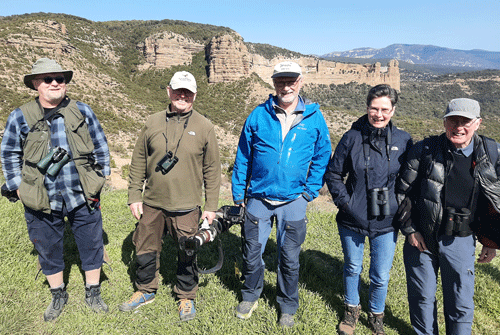
Birders in the Sierra de Guara – after a long day in the field …

Somontano red wine
Food. Don’t get me started! The starters, main course and desserts selection are varied and of such quality that it’s never an easy choice. The local lamb chops, barbecued sausage, roast lamb, chicken and prawns in an almond sauce, fish dishes … after a generous starter which could have been the house salad, grilled vegetables, purés … All that accompanied by a bottle of the local Somontano red or white wine.
Then there are still desserts to come. This is my personal challenge: I try to skip desserts as my meagre contribution to the battle of the bulge, even though it’s a lost cause. When confronted with the local cream cheese dessert topped with a delicious raspberry sauce I come face to face with my own weakness and faltering resolve.
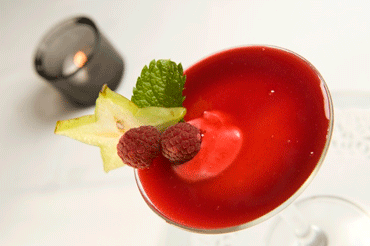
The cream cheese dessert – unforgiveable!
The rooms are stylish and comfortable, and all of them have exterior views, many with walk-out balconies. Very comfortable mattresses and spotless duvets.
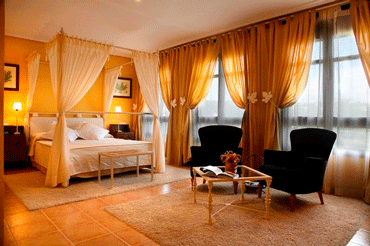
One of Hosteria de Guara’s comfortable rooms
There’s so much more that could be said but it would be unforgiveable to sign off without mentioning the human touch that Ana and Eva bring to your stay. Would you like an early breakfast? At what time? Would you like an “early” dinner (early in Spain is rarely before 8.30 pm)? 7.30pm? Yes, I’m sure we can manage that. How was your day? Did you see the Wallcreeper? Where are you going today? Would you like a fried egg with your breakfast? Smiles, and a good feeling that before too long we’ll be back.
